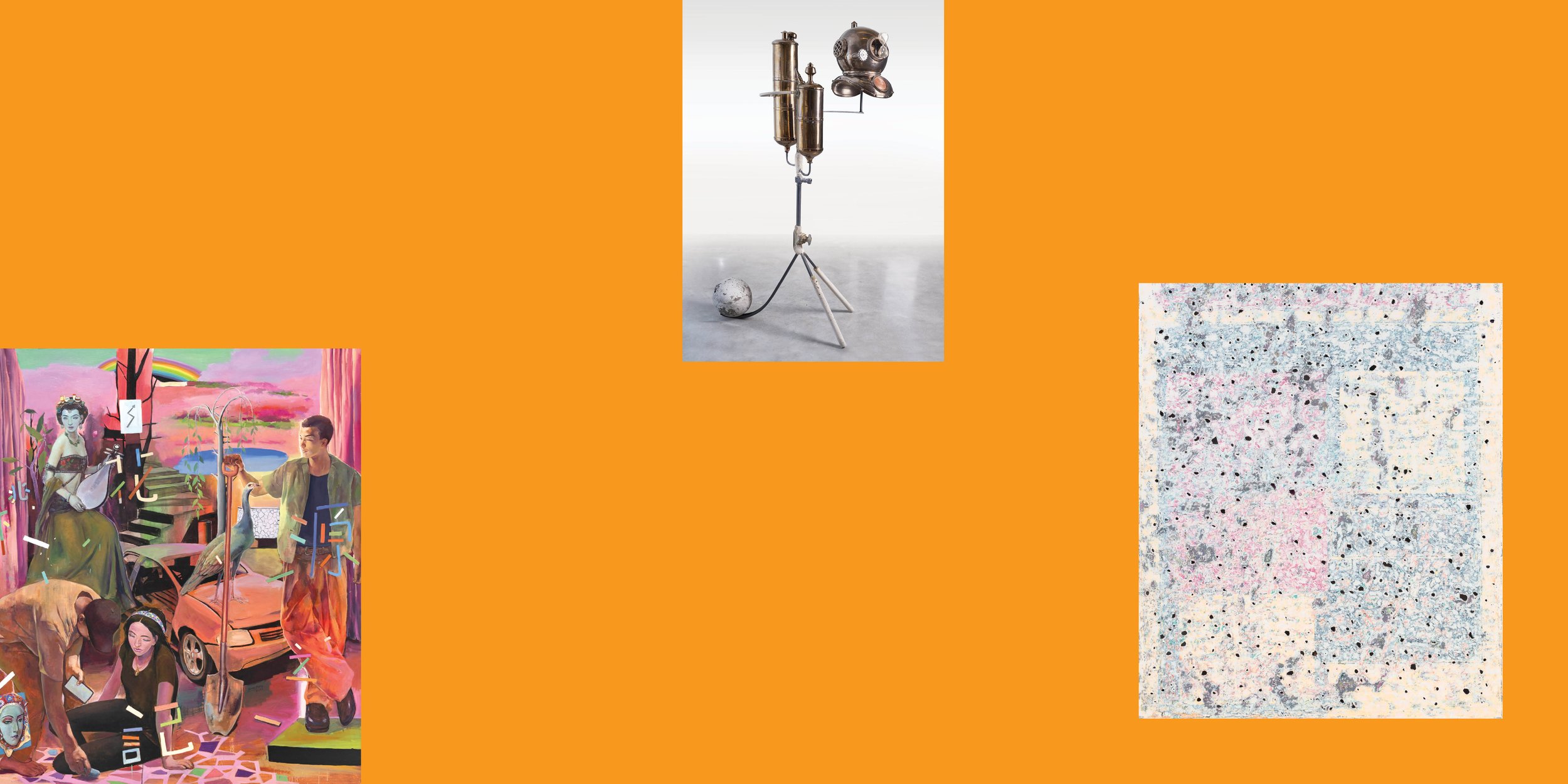
May
Andrés
Aizicovich
Andrés Aizicovich’s practice develops specific projects, each with its own materials, medium, and technical approach. He is always sketching, which he uses as a starting point for sculptures, machines, installations, paintings, or conceptual experiments. The Buenos Aires-based artist feels his work is affiliated with a post-Duchampian tradition, never settling in one category or another.
For example, his recent work, Synesthetic Lieder (2023), explored language, communication, oral transmission, conversation, and translation. His research draws upon astronomy, quantum physics, mysticism and science fiction to question how he might transform speech into matter, making words an artistic medium. In this project, Aizicovich’s sculptures appear to be antique metal diving helmets, but the nostalgia is broken when he attaches flat objects and tubular structures made from metal, glass, and ceramic. It soon becomes apparent that they are meant to be interactive, and designed to be worn and experienced by participants. The helmets function as sound instruments as the users explore them through touching. Beginning to sense each other’s presence, it creates a synesthetic moment, when they hear music, but see shapes. The artist’s main intention with this artwork is to seek new forms of interaction in the face of the hyper-connectivity of the digital world that he feels may disconnect people. He tries to bring connection back to basics in an immediate way, using sound and touch.
For many artists, residencies can alter their creative trajectory in a positive way, often because they have left their daily routine to experiment and try new things in the safe space of the residency experience. Aizicovich said about his time at Fountainhead, “I decided to refocus on painting and drawing, two mediums that had been somewhat relegated from my artistic practice despite being the discipline in which I was educated during my formative years. Surrounded by two painters, I regained my enthusiasm for painting and many of the conversations we had during our work breaks involved problems with the language of painting, representation, and visual epistemology.”
–Clayton Campbell
Andrés Aizicovich’s residency was generously sponsored in part by Lois Whitman Hess and Eliot Hess.
Installation view of The wild blue yonder (2021) at Galeria Sendros in Buenos Aires, Argentina.
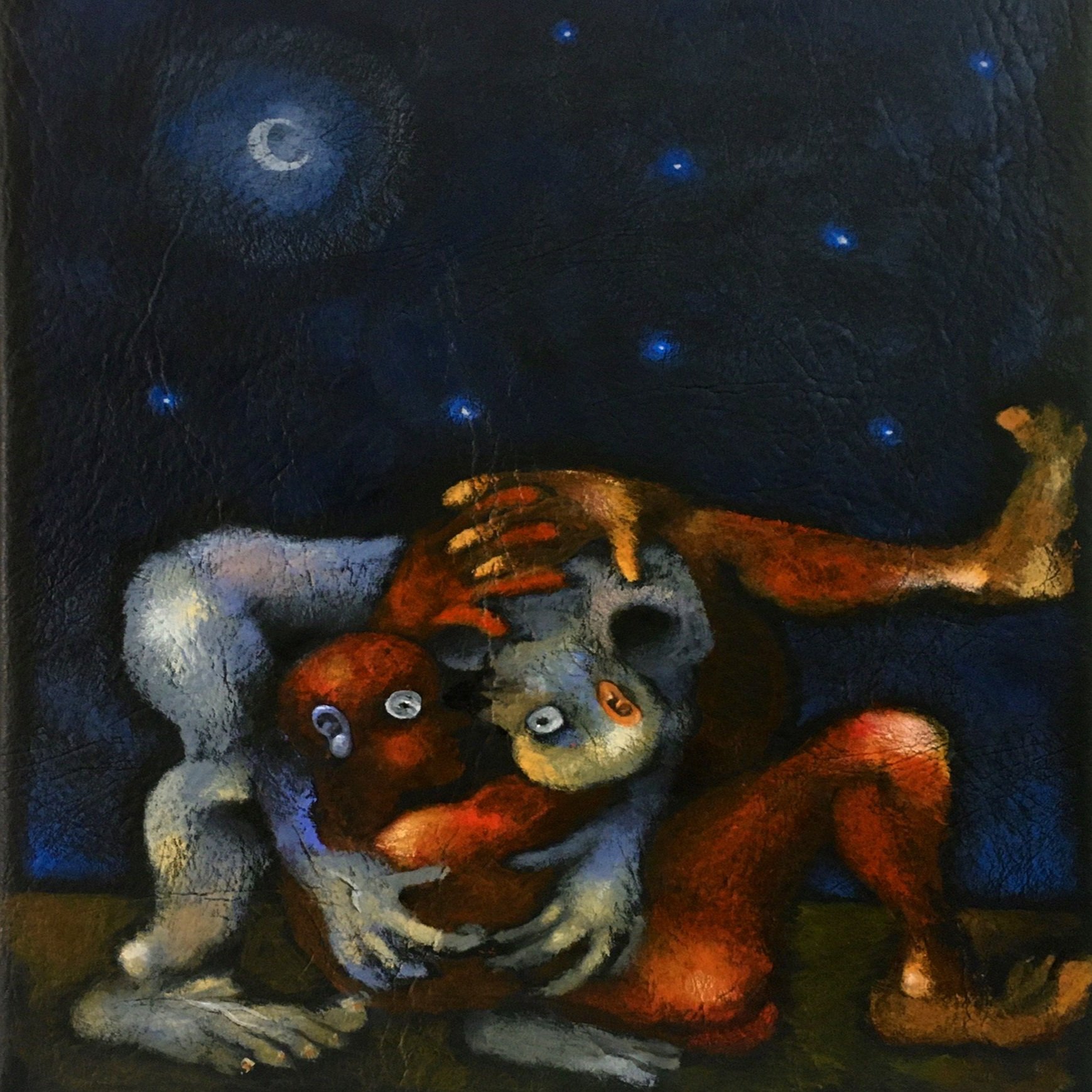

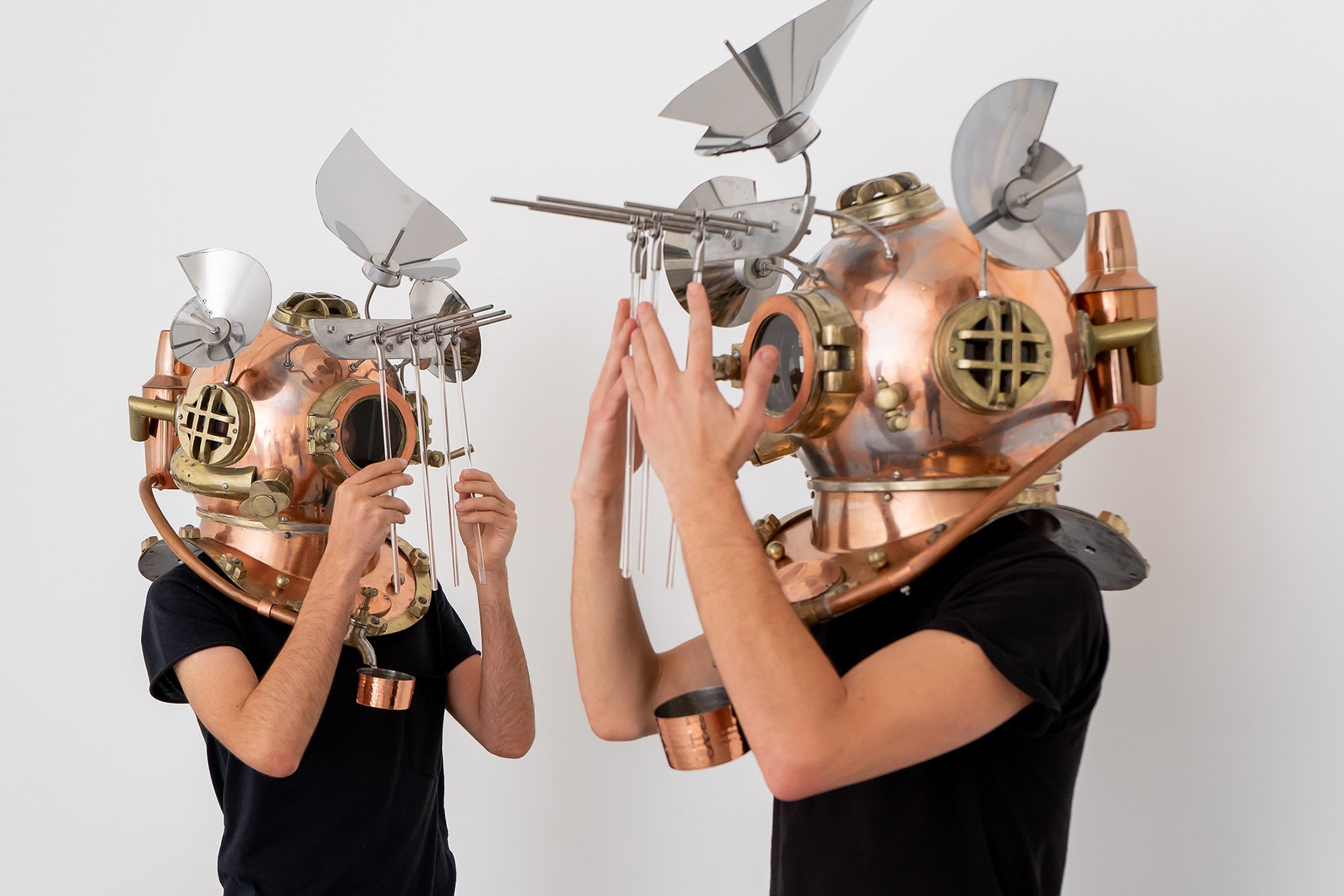

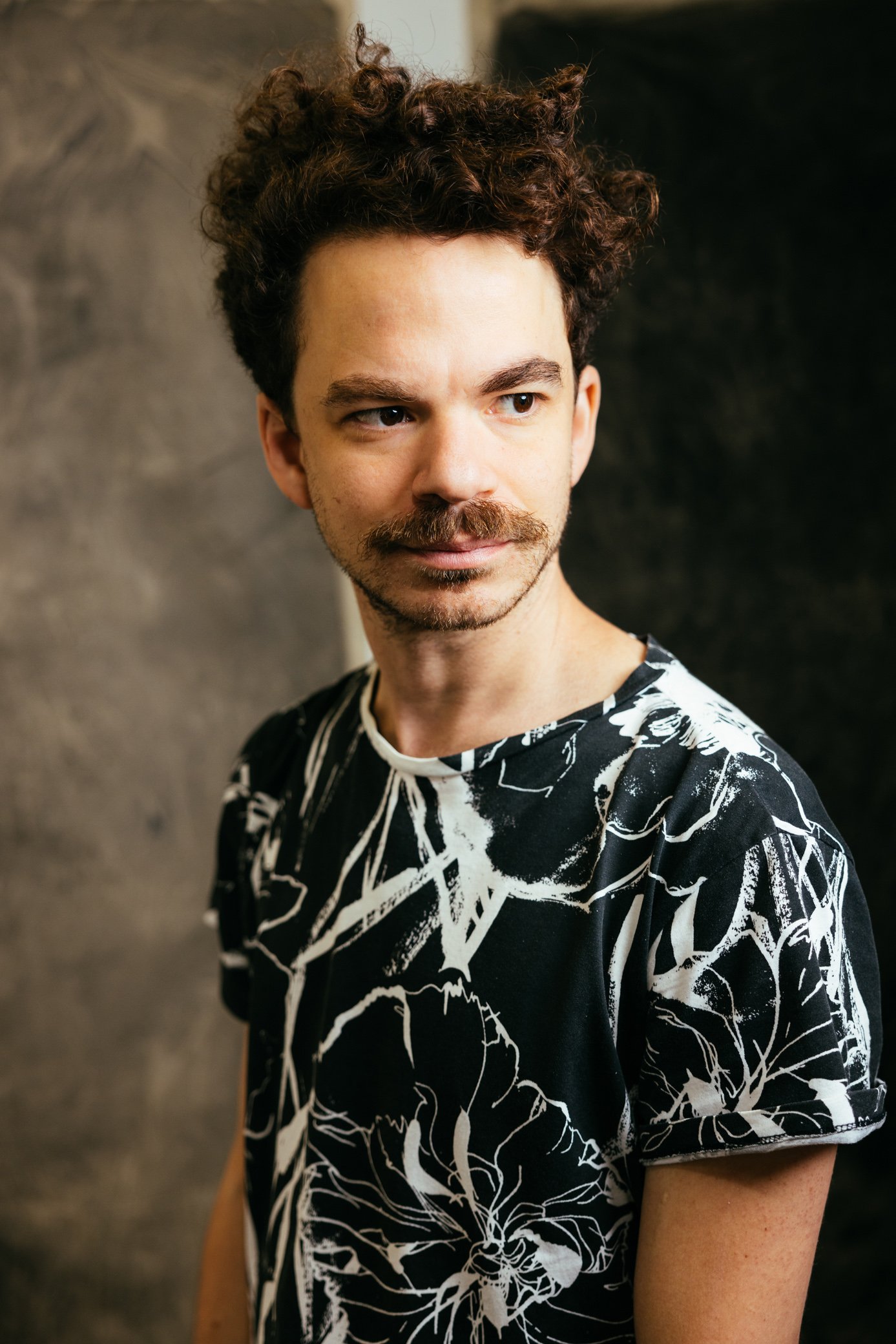
From left: Cain and Abel (2023); acrylic and oil on plastic leather. Tu dois porter le poids (2018); ceramic sculptures activated during a performance at the Palais de Tokyo in Paris, France. Contact (2019); copper, iron, glass rods, stainless steel. Aizicovich sketches concepts for new sculptural works at Fountainhead Residency. A portrait of Aizicovich, photographed by Pedro Wazzan.
Furong
Zhang
Furong Zhang is a native of the Republic of China, growing up in Shanghai during the Cultural Revolution. He studied painting in Beijing, and emigrated to the United States in 1989 to attend the Skowhegan School of Painting and Sculpture. From his personal reality of cultural histories, he draws upon these twin emotional landscapes of displacement and memory as source material for his narrative, representational style of oil painting.
Zhang is influenced by the post-World War I German New Objectivity painting, characterized by its unsentimental realism; the painter Jorg Immendorf is a strong influence. Zhang recalls that Immendorf’s work was one of the first art books he purchased upon arriving in the U.S. The representational storytelling style historically characterizing much of Western European art parallels Zhang’s interest in the Beijing opera. Its use of symbolic props and movements creates effects that are simultaneously real and surreal. Here again, the tension between these dualities threads throughout Zhang’s artmaking. Working from memory while referencing a personal photo archive, his paintings careen between past and present, reflecting on his identity while simultaneously experiencing its erasure. His striking paintings illustrate the concept of the ‘perpetual foreigner’ –as he’s dubbed the practice– in them, Zhang resurrects scenes from Chinese mythology, yet confronts Western contradictions.
For Zhang, the month in residency presented an opportunity to explore new ideas, and enter into positive conversations that may not have happened for him otherwise. “The dialogues during my time there have broadened my thinking on certain themes in my work, through people’s different perspectives,” he said. The generous exchange of ideas and friendship is an invaluable outcome of Zhang’s residency experience.
–Clayton Campbell
Furong Zhang’s residency was generously sponsored in part by Lois Whitman Hess and Eliot Hess.
Ship on a Sofa (2022); oil on canvas.
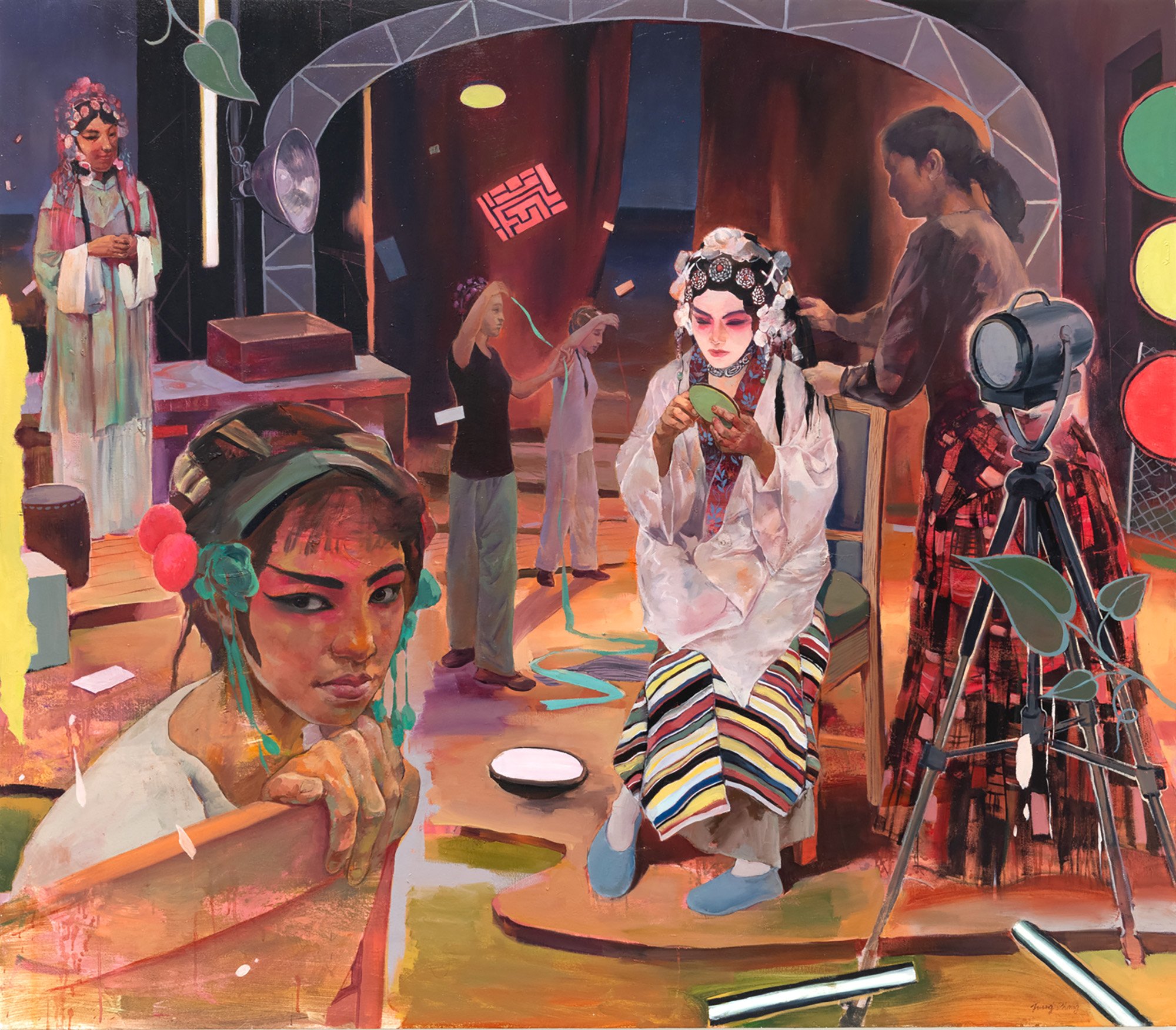
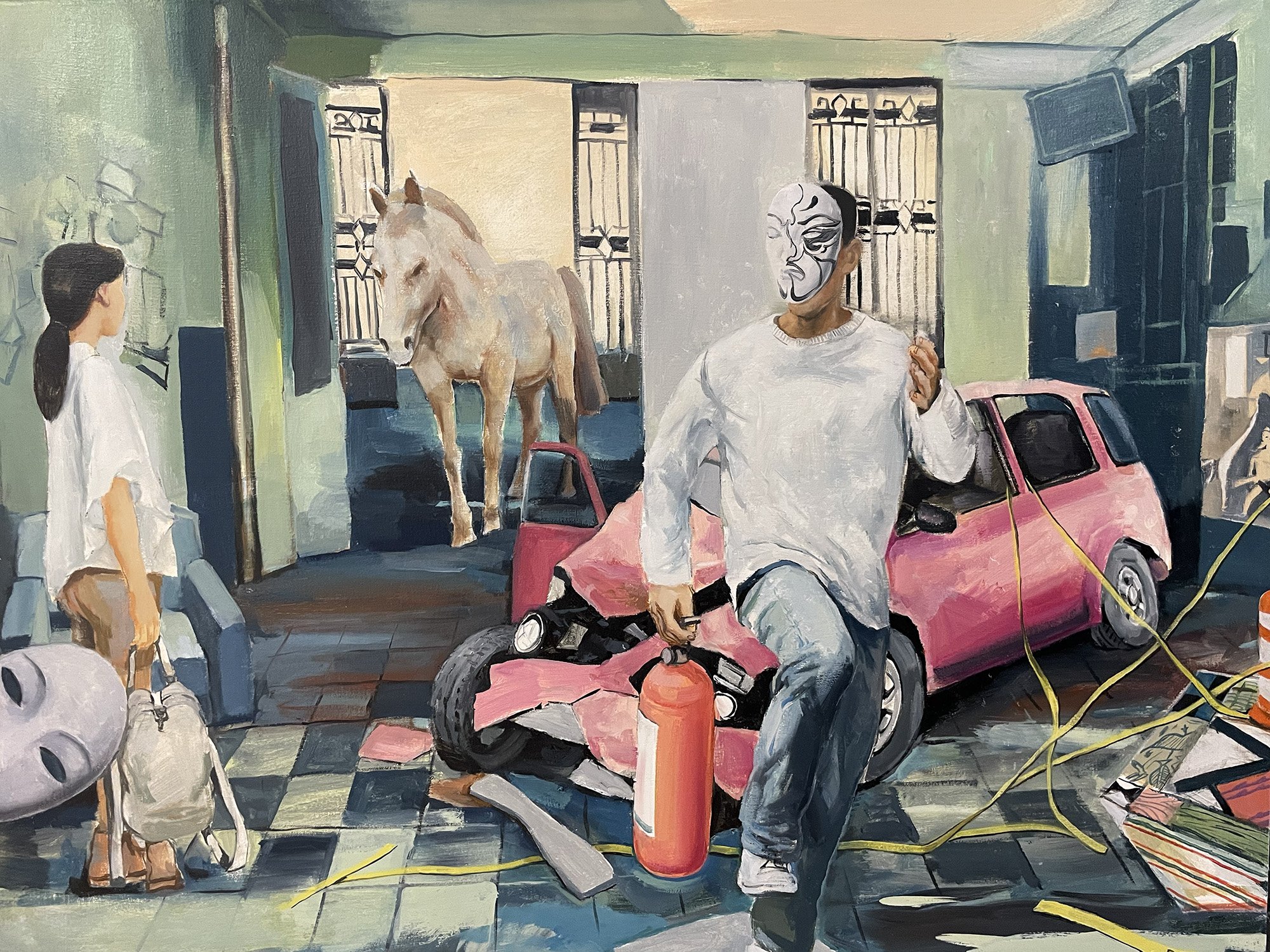

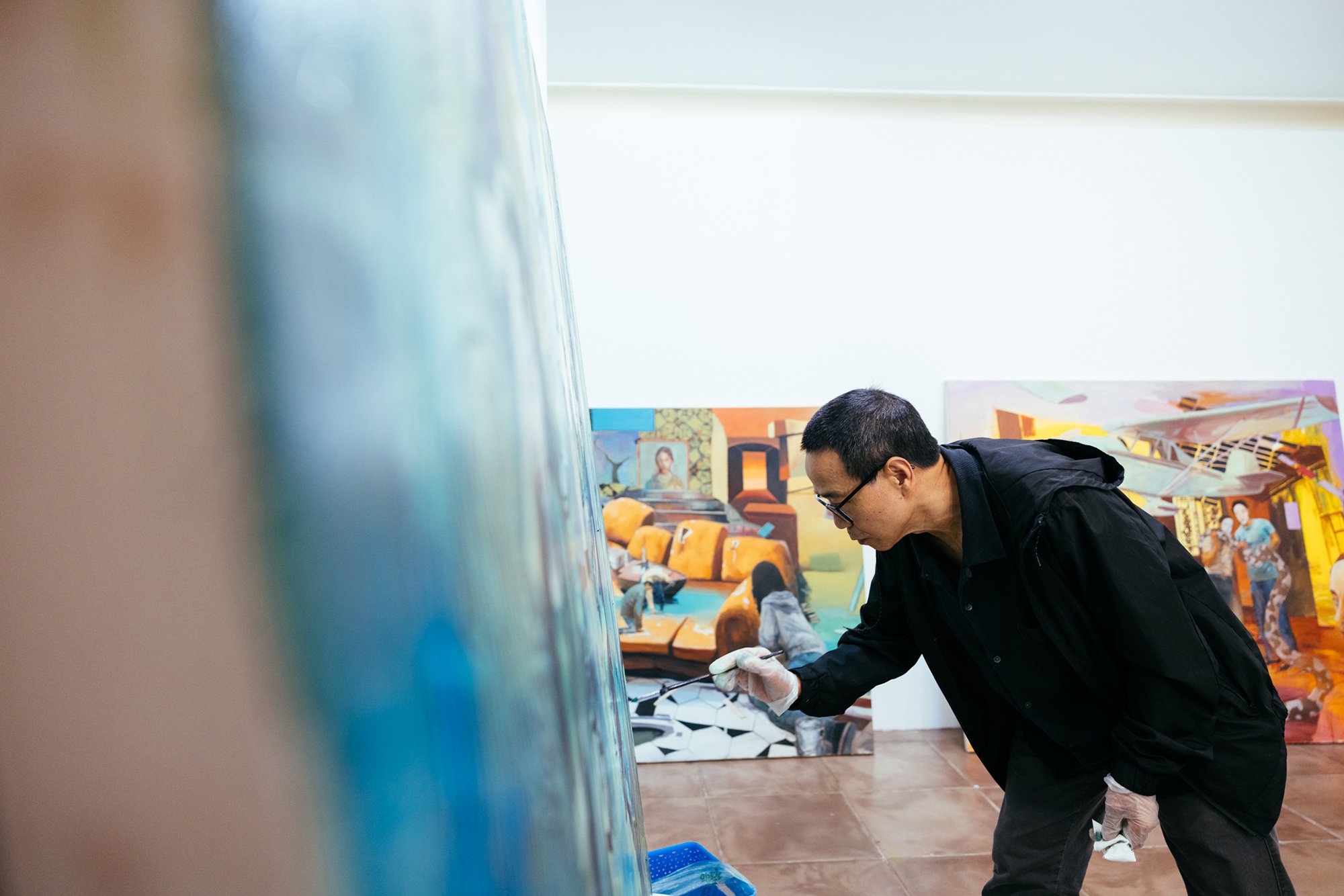

Clockwise from left: Backstage (2023); oil on canvas. Communication (2023); oil on canvas. Jumping on Air, (2023); oil on canvas. Zhang in his studio at Fountainhead Residency, photographed by Wazzan. A portrait of Furong Zhang, photographed by Pedro Wazzan.
Kadar
Brock
Kadar Brock was raised in a New Age spiritual community and has used his experiences growing up in this environment to research issues of faith and transformation as a basis for his artmaking. An abstract painter, the canvas becomes a platform to first layer a number of images of symbols or people he derives from his research, then gradually strip them away in a complex process of addition and erasure. The outcome is a non-objective painting grounded in the rituals and actions of abstract painting.
Like his residency cohorts, Brock is seeking connection in his own way. His art is a deeply personal process of self-questioning and physical deconstruction that results in paintings filled with a contemplative presence. His intention is to inspire the same emotional journey he experiences when making a painting with the viewer, in the hopes they may share in it.
There is a lineage of Modernist and contemporary artists whose work touches directly on spiritual connection or communion that Brock responds to in his work. Two examples he points to are artists Wassily Kandinsky and Hilda Af Klint, who invested in different notions of spiritualism that guided how they approached making their art. For Brock, his interest in Western Esotericism clearly influences his practice. While not a believer in anything specific himself, he constantly observes, questions, and analyzes. He receives ideas and inspiration from post-Minimalists and conceptual artists whom he feels are also making secularly spiritual and poetic work, similar to the actions and rituals he brings to his practice.
After his month at Fountainhead, he felt his practice had been impacted by the proximity to his fellow artists. “I asked myself questions about my working methods as a result of being around Furong and Andres; I’ve already gone ahead with printing a series of booklets that I’d been considering, booklets that contain my source material and an interview, and being at the residency really confirmed that I wanted to make them,” he said. “I also have some new ideas for how to install my paintings, and also some ideas about additional objects I can make to coexist with the paintings.”
–Clayton Campbell
Kadar Brock’s residency was generously sponsored in part by Lois Whitman Hess and Eliot Hess.
let us help you get there, it’s all here now, soul awareness, i’ll give it a try, the movement, coming home (2020-2023); oil on canvas.
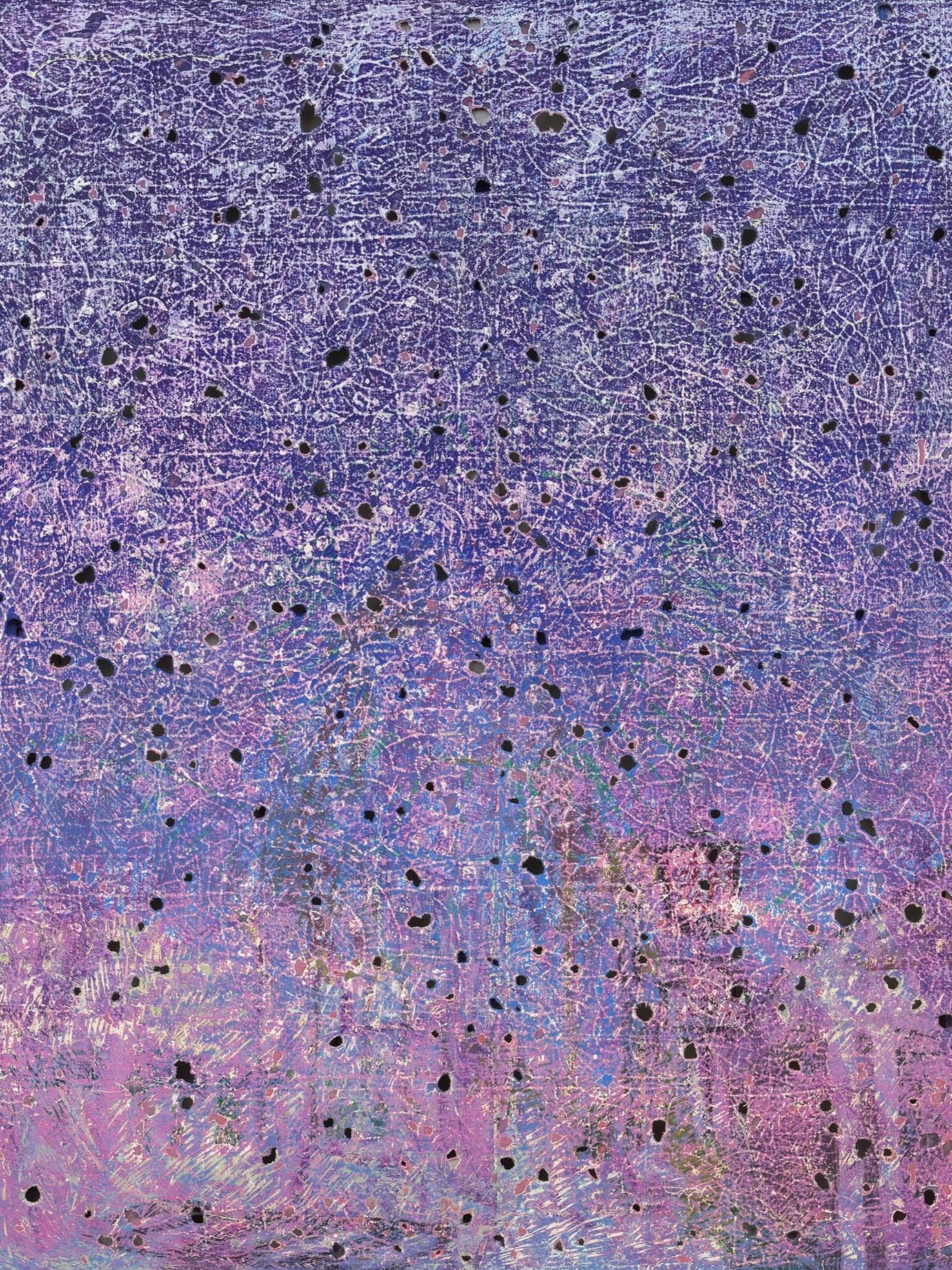
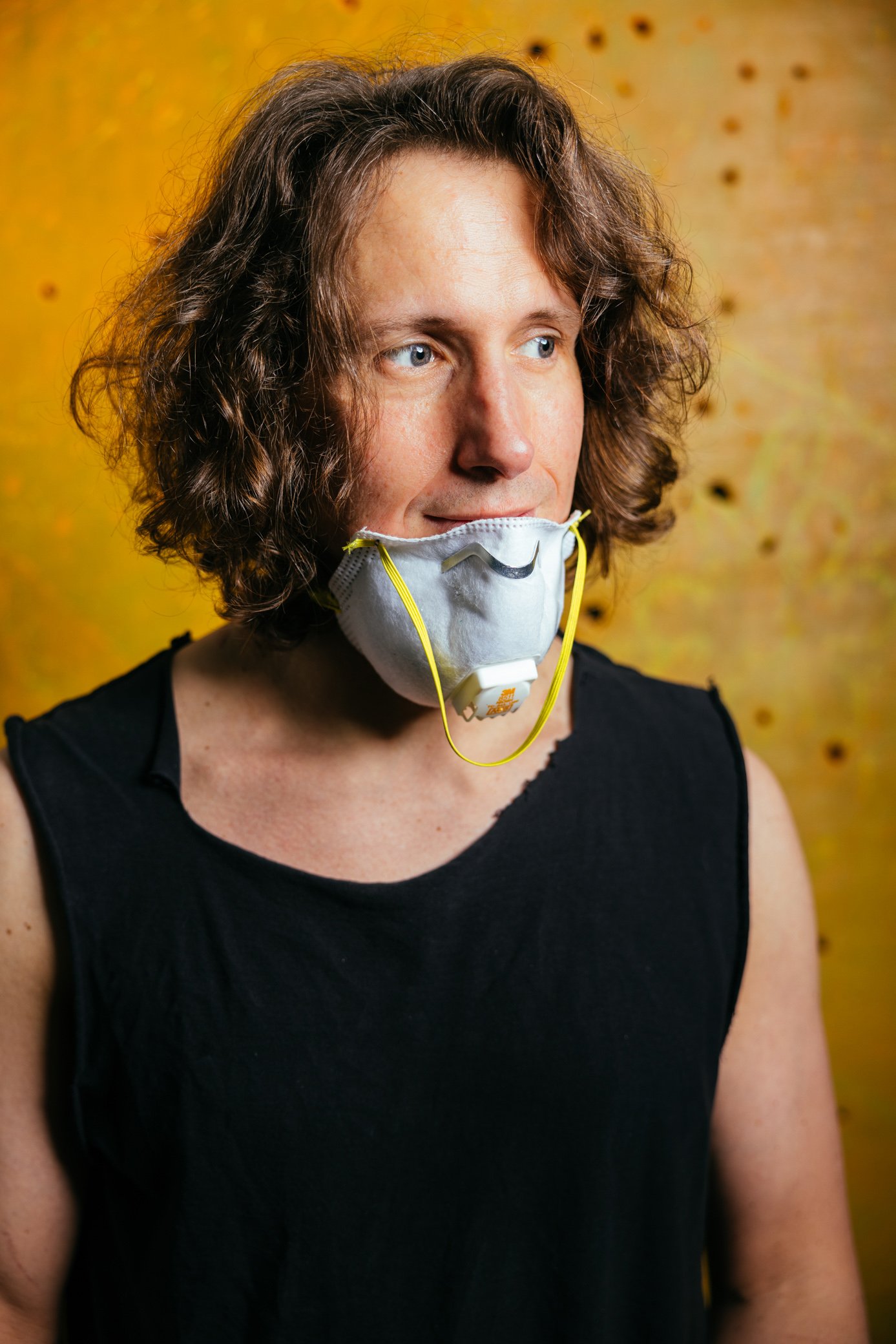
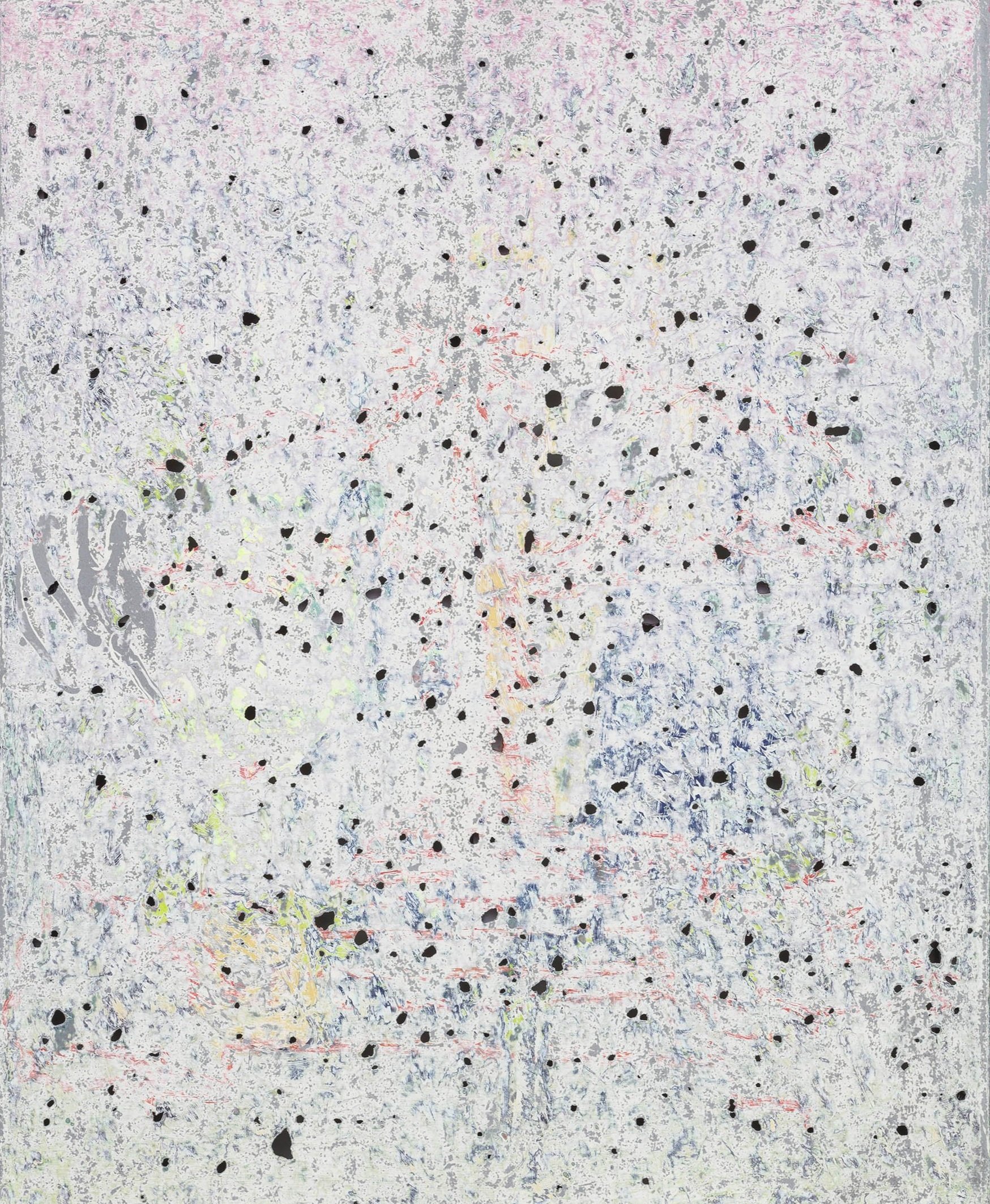
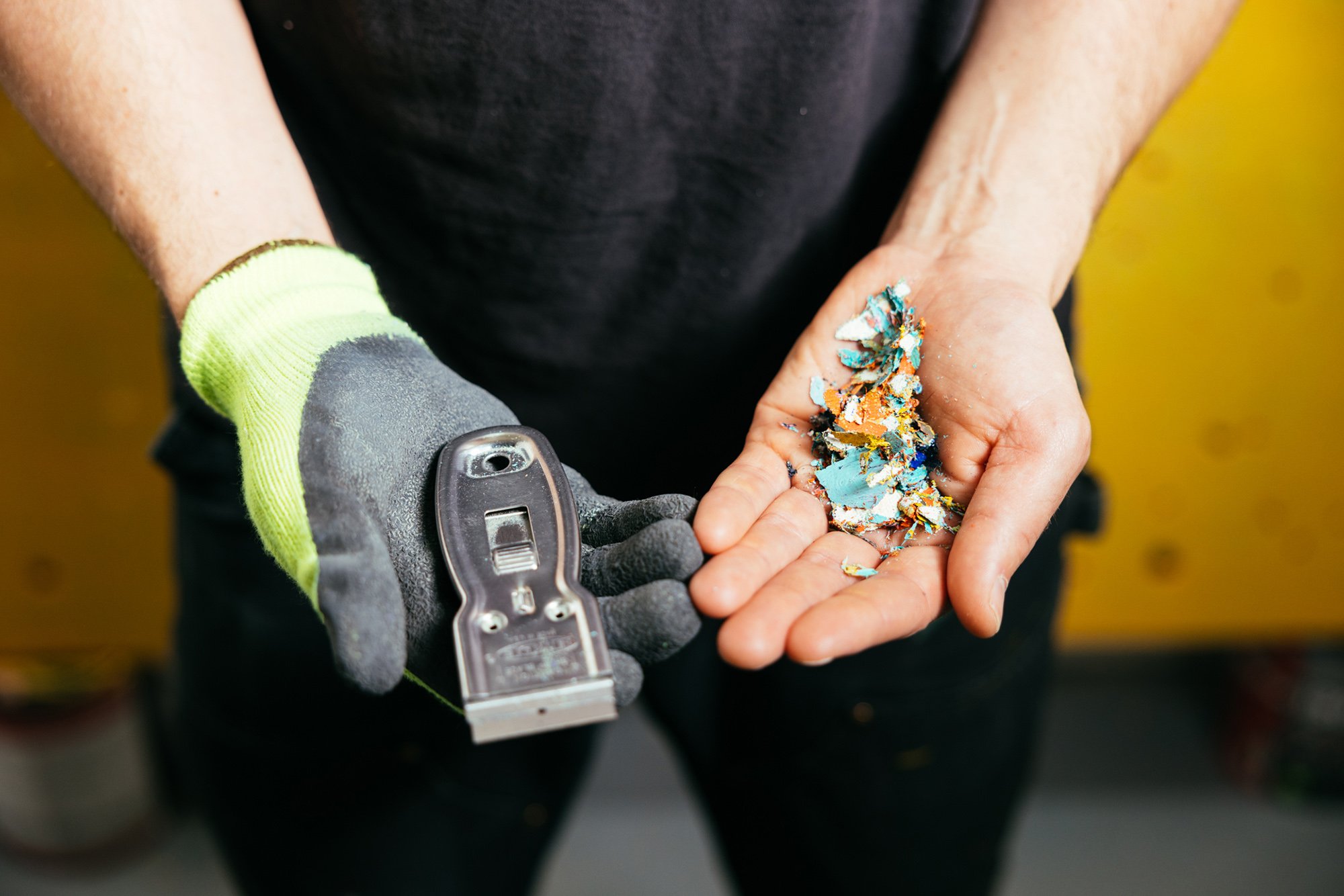
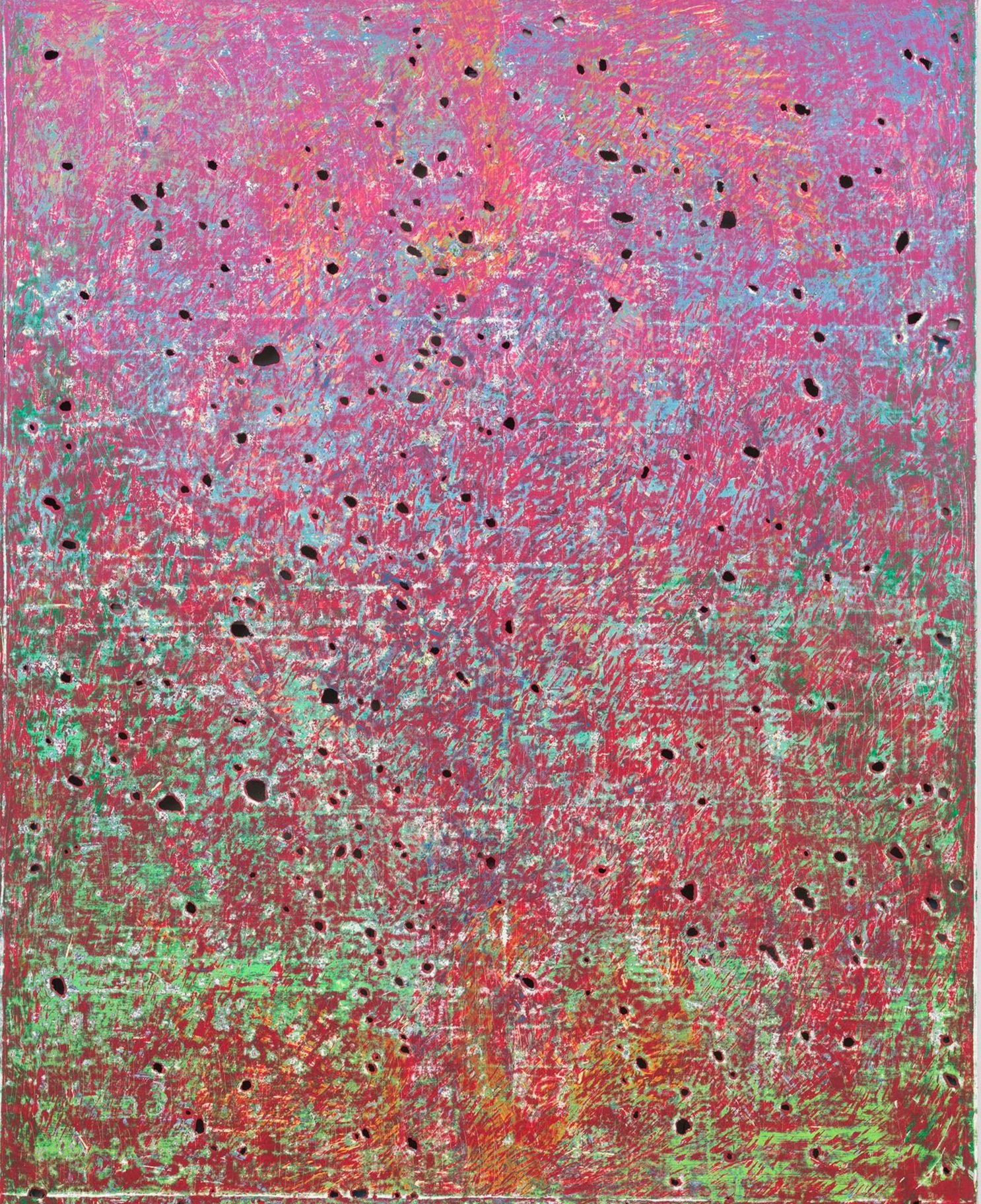
Clockwise from left: mountain of light, unconditionally loving, i’ve been called the mystical traveler, always near and always far, understanding, looking upon rains (archival) (2021-2023); oil on canvas. A portrait of Kadar Brock in his studio at Fountainhead Residency, photographed by Pedro Wazzan. soul flight, can make you feel good, and that’s always right, with the flick of a switch, comes from high (2022); Oil, spray paint, and house paint on canvas. the moon’s window pane, and it will work for you, east meets west, help you be, hello from above, magnetic light, put their loving hands on, who is rougher (2019-2023); oil on canvas. Kadar’s process involves chipping away the source material he layers onto the canvas.



